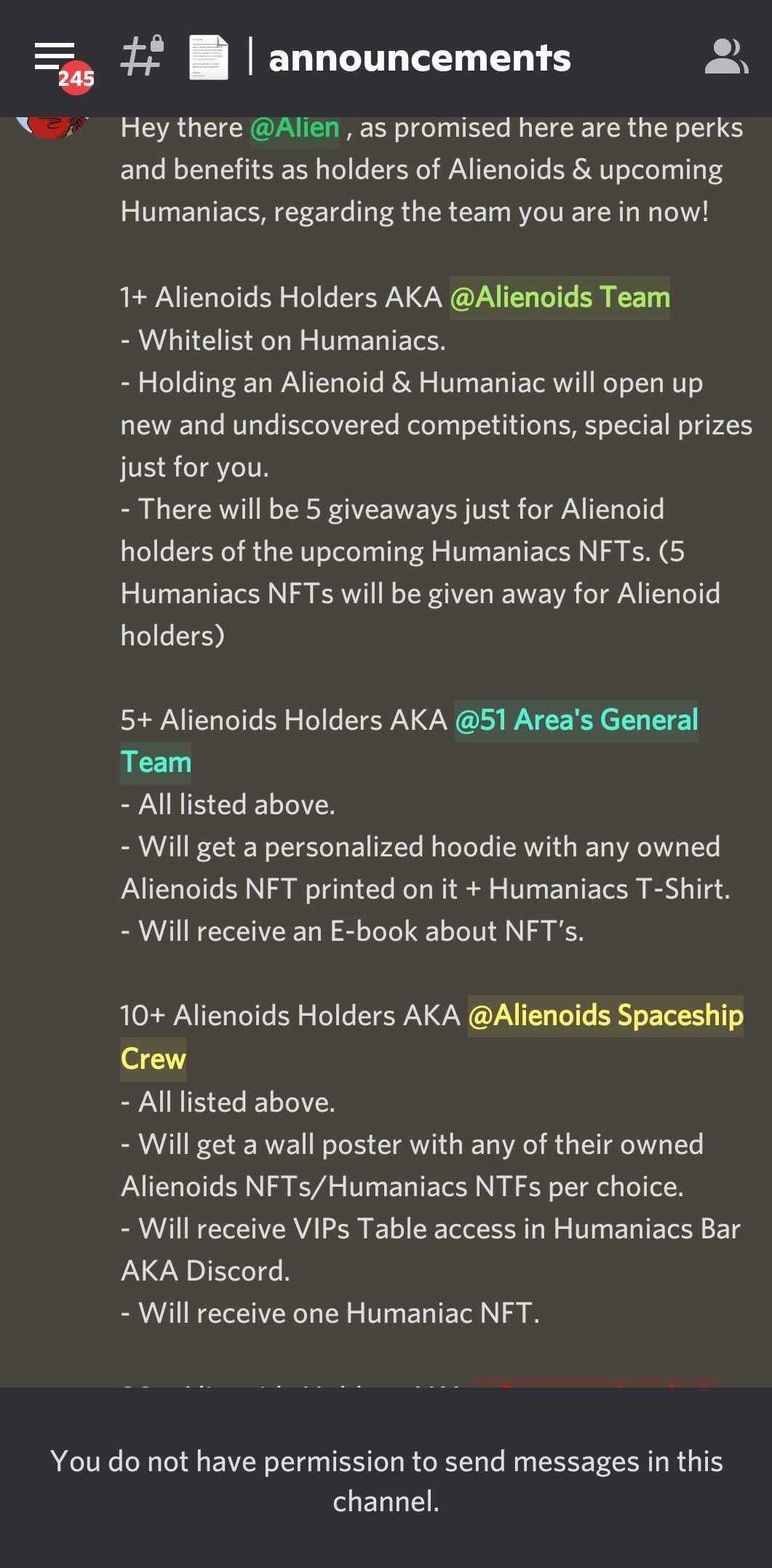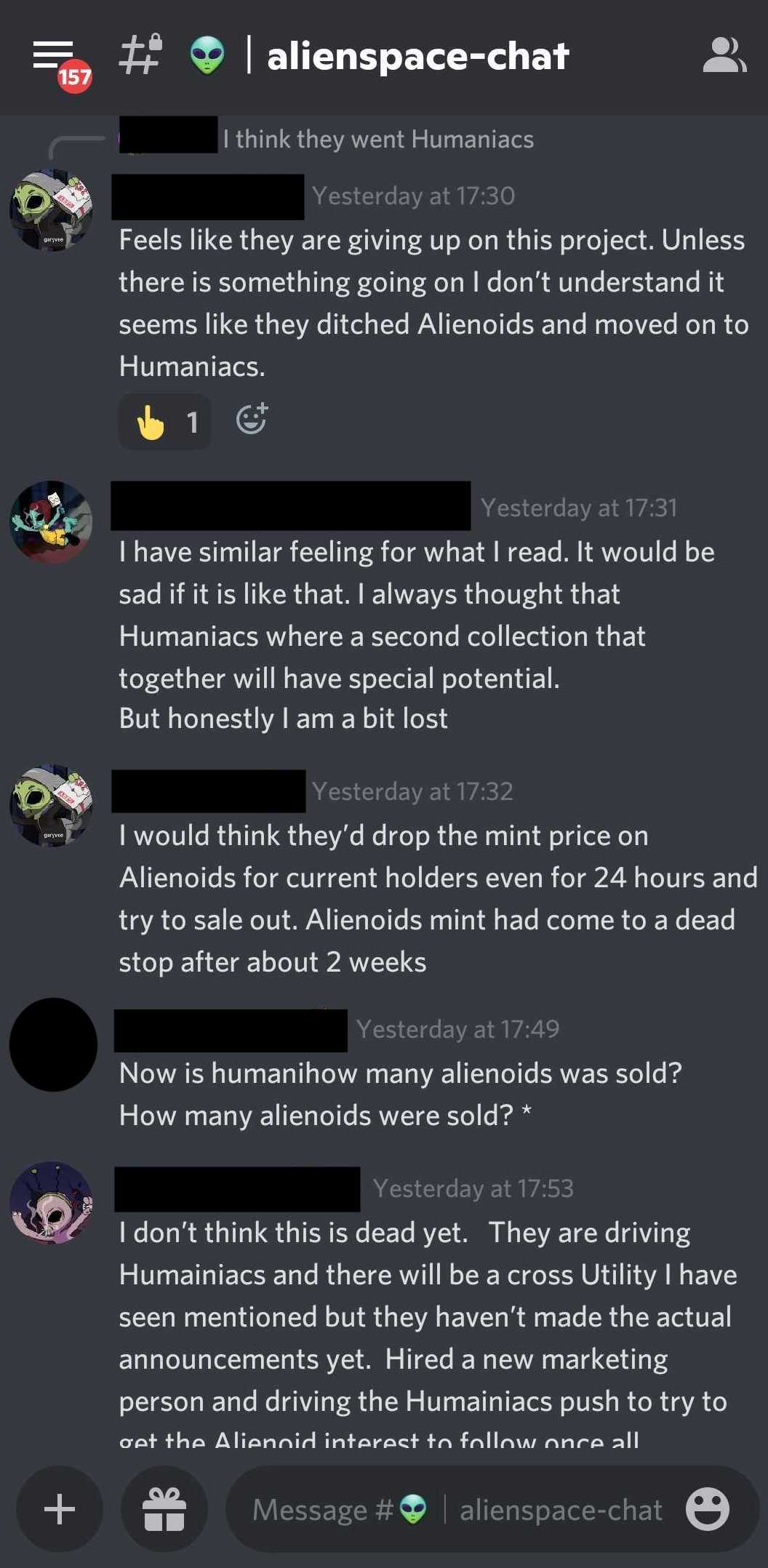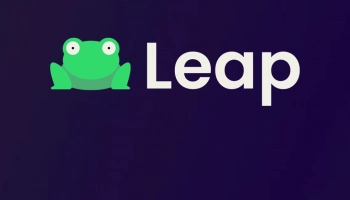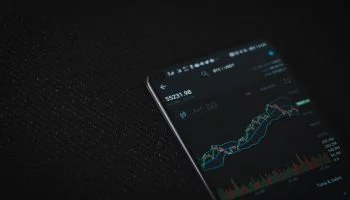Whether it’s in Defi, Cross-chain bridges, NFT, or exchanges, we have seen a rise in crypto projects rug pulls in recent years. These are often followed by investigations and, more specifically, by tracking of the stolen funds. Indeed, due to the nature of crypto, it’s often associated with money laundering.
In this article, we will introduce you to MistTrack, an anti-money laundering (AML) tool developed by SlowMist, that helps you track money transactions more efficiently. We will use it to follow the funds of an NFT project called Alienoids, and we will try to determine if its unique case is a rug pull. No need to mention this is not something a standard smart contract audit would find.
Overview of the NFT project
Alienoids is a collection of 1000 randomly generated aliens(0xb194F007c8cf2fA0E073385af2A26EdF6B6b7D50). The project started on September 30, 2021.
The team:

Some NFTs of the project:

Before the project started, there was a lot of communication on social media. The creators mentioned their desire to progress and grow the project. In fact, this is what is sold in an NFT project because although we receive a piece of art in exchange for a payment, the project owners are supposed to try to make it grow and make the tokens increase in value.
Sequence of Events
After the project’s launch, the NFT minting went well, and the art tokens were transferred to the buyers without any problems.
According to what the members of the community told us, at some point, the creators decided that their project didn’t have enough “hype” and warned their community that they would come back a few months later with another project with more hype.



The community members also told us that the creators began to stop responding at some point, leaving the discord and NFT owners wondering what was happening. The Twitter account and the website were soon deleted, and the last NFTs were not minted as the owners burned them. There are currently 534 Alienoids NFTs.
There are traces of a new project that seems to belong to them, “Humaniacs,” which was supposed to take place on January 1, 2022. But again, At the time of writing this article, there is nothing left of this project (Twitter account, website).
What is MistTrack & How it can help
MistTrack is an anti-money laundering tracking system built by SlowMist that focuses on combating cryptocurrency money laundering activities.
When it comes to money laundering, rug pullers want to make the task as difficult as possible for those trying to recover the stolen funds. A lot of funds are usually split across many different wallets and can be transferred a ridiculous amount of time to try to make you lose track. Add to that all the hashes between wallet addresses, transactions, etc. You can quickly go crazy.
This is where MistTrack comes in. It makes your job easier by helping you organize your research. You can then focus more on your main objective, which is to find out where the money has gone, thanks to the visuals of the relationships between wallets that the tool offers.
Let’s dive in and start using it!
Funds Flow Analysis
Our investigation link on MistTrack: https://misttrack.io/s/RM3Cz
Let’s search for the contract’s address in MistTrack and see the transaction summary.

Of course, there is a bunch of incoming transactions as this is an NFT minting smart contract, but we can only see one address that received 14 outgoing transactions, for a total of 26.5 ETH (around 80,000$ at the time).
You can see these 14 transactions at once by clicking on the number of transactions. You can check the full transaction details on Etherscan by clicking on the transaction ID.

This address is nothing more than the owner’s address (0x529f9F541e888661c2948957D59d77E5C468E281). This is the initial funding wallet.
We can start looking for where these 26.5 ETH went from the owner’s wallet.
MistTrack will provide a summary of the wallet or the contract for every address.

It also provides you with a transaction diagram. It’s beneficial to visualize the incoming and outgoing transactions easily.

Again, we must check the outgoing transactions to see where the ETH has been sent. After sorting the transactions from the highest sent ETH value to the lowest, we notice that most of the ETH have been sent to “Binance” wallets.


These are intermediate wallets used for deposits. They instantly transfer the crypto to the real Binance wallets.

After checking the biggest transactions on the 26.5 ETH thanks to MistTrack, we can be sure that most of them have been deposited on Binance’s wallet, Binance 14. From here, we can’t know if the funds have been withdrawn to another wallet or are still on the platform.





Our final diagram looks like this with a common endpoint, Binance 14, for the 5 intermediate Binance wallets.

Blockchain is a fantastic technology that brings a lot of change, and as with any change, there are good and bad sides.
In order not to come across this kind of project yourself, which could be a rug pull, spend some time checking the background of the creators, and analyze well what is done with the project funds because remember, what matters is what they do, not what they say.
A great way to know what is really going on is to use AMLsolutions like MistTrack.
What usually happens in the NFT industry is that the money is in the project’s smart contract so anyone can know what is being used for. As clearly shown in our investigation of the Alienoids NFT, the project took all the money for the Binance wallet, a huge red flag.
For this story to end on the good side of the blockchain, we need your help!
Binance knows the identity of every user of its platform due to its KYC.
But unfortunately for us, for a matter of decentralization, anonymity, and, more broadly, to maintain the interests that blockchain offers us, this information remains private.
The only way to access it is to get Binance involved if a judicial inquiry is opened, for instance.
We would like to thank Rekt University (@rekt_university) for his help in this investigation.
If you want to help us find the people behind this project please get in touch with us at @SayferSecurity.
Want to Hear More?
A free consulting meeting included.







